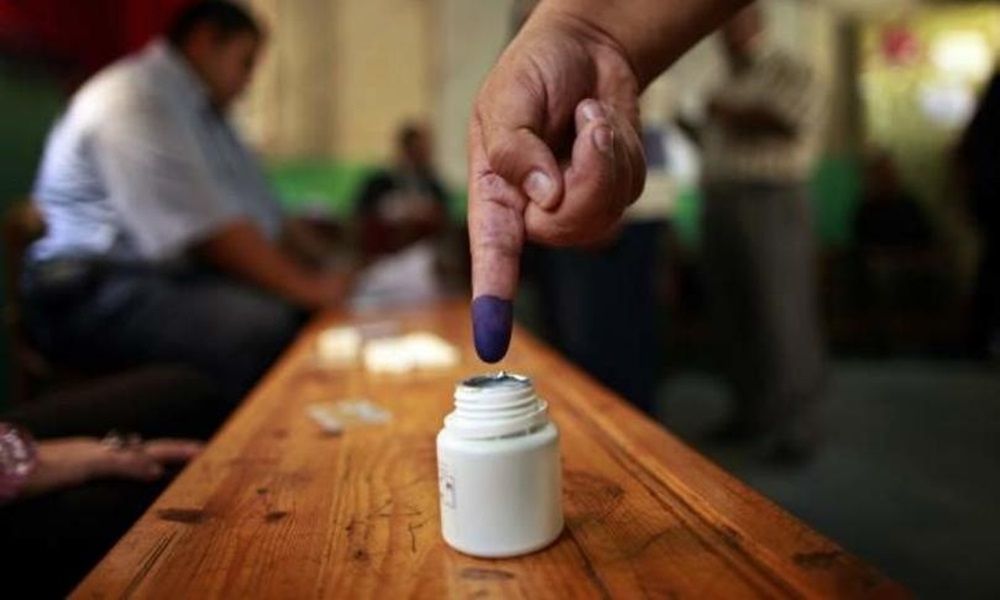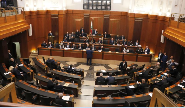
The third round of Lebanon’s municipal and mukhtar elections was held on Sunday across the capital Beirut and in the governorates of Beqaa and Baalbeck-Hermel. Over one million voters were eligible to cast their ballots. Voter turnout varied significantly: 20% in Beirut, 46.73% in Baalbeck, 45.16% in Zahle, 41.41% in West Beqaa, 34.56% in Hermel and 31.70% in Rashaya.
Here are the key takeaways from this round of voting—pending the official results to be announced by the Ministry of Interior:
Zahle: A Show of Strength by the Lebanese Forces
Zahle emerged as a symbolically charged battleground. The Lebanese Forces (LF), running on the “Heart of Zahle” list, claimed a sweeping victory against a broad coalition led by independent MPs, Myriam Skaff and the Kataeb Party. This win reinforces the LF’s growing momentum, already evident in earlier rounds in Keserwan and Mount Lebanon.
It also signals further erosion of the Free Patriotic Movement (FPM), which chose not to endorse a list in Zahle and instead left its supporters to vote freely, which may have weakened its local influence.
Baalbeck-Hermel: Lower Mobilization in Hezbollah Strongholds
In the traditional Shia strongholds of the Hezbollah-Amal alliance, turnout dropped significantly compared to previous years: 46.73% in Baalbeck, down from 62% in 2016, and only 34.56% in Hermel. This relative disengagement could reflect growing disillusionment in regions still grappling with the aftermath of the war between Hezbollah and Israel.
Nevertheless, Hezbollah’s electoral machine remained effective in key towns. In Baalbeck, its “Development and Loyalty” list secured all 21 municipal seats. A similar scenario played out in Shmistar, another predominantly Shia town.
Beirut: A Contest Over Sunni Leadership
Three main lists competed in Beirut: a coalition of traditional political parties under the banner “Beirut Unites Us;” a list backed by the Jamaa Islamiya and figures close to the Future Movement, running as “Beirut Loves You;” and the “Beirut Madinati” list, representing the so-called change camp.
Preliminary figures at the close of polling gave the edge to the coalition of traditional parties, though detailed results, especially regarding Sunni voter behavior, were not yet available. While the rivalry between the first two lists dominated the contest, “Beirut Madinati” was unable to replicate its 35% score from 2016. The overall 20% turnout confirmed a continued trend of civic disengagement in the capital.
A Test Run Ahead of Parliamentary Elections?
Sunday’s vote also offered insights into the broader political landscape in Beqaa. Independent lists or those backed by parties like the Lebanese Forces and the Progressive Socialist Party (PSP) achieved notable wins in towns such as Qaa, Taanayel and Ferzol, often against well-established alliances. In Rashaya, the PSP maintained a strong presence, in contrast to its more muted performance in Shouf and Aley.
Beyond local concerns, the elections underscored national political shifts: the consolidation of the Lebanese Forces in Christian areas, signs of wear within Hezbollah’s base, fragmentation of the Sunni vote and continued weakness of reformist movements. With legislative elections just a year away, each political camp will draw its own conclusions. But one thing remains clear: municipal elections in Lebanon continue to mirror the country’s broader political dynamics with remarkable accuracy.





Comments